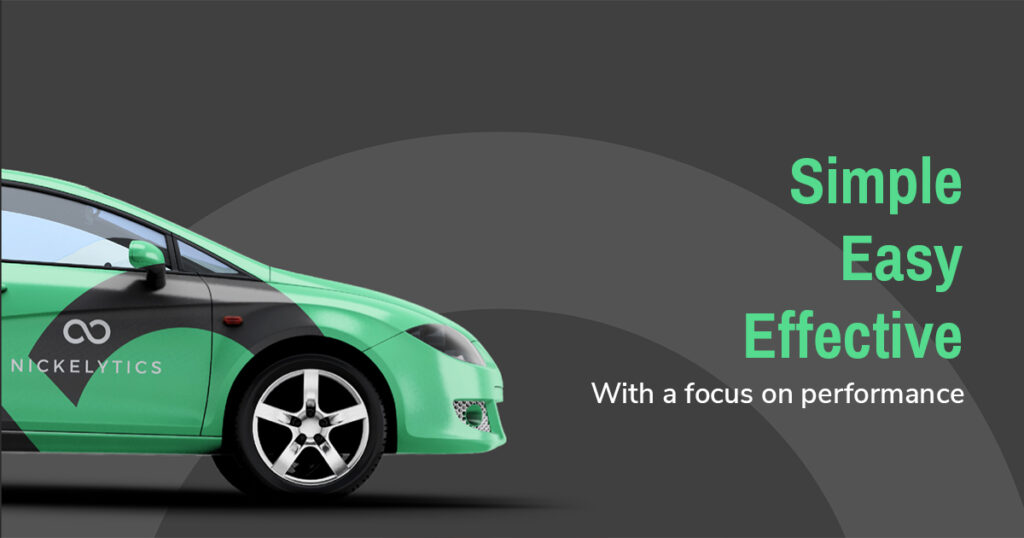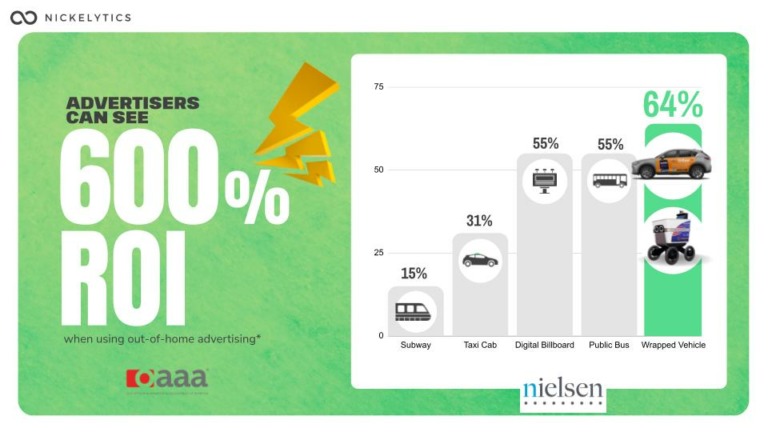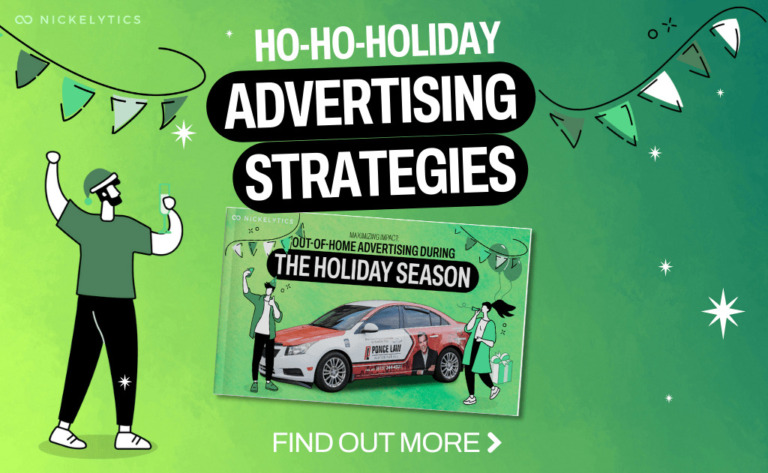Technological evolution has given consumers more choices in business with social media marketing, e-commerce, and crowdfunding platforms. This increase in competition has further made thriving as a brand arguably stricter today.
A report showed that 66% of consumers envision companies understanding their needs, so brands have to go all out to impress their consumers every time.
Now, one-off sales with consumers do not necessarily guarantee continued success. Instead, brands must devise a means to keep consumers returning for more, even in a highly saturated market. The most effective way to guarantee this is to build one’s brand recall.
A brand recall strategy focuses on generating the proper relationship between your brand and your consumers. If effectively put in place, brand recall can lead to brand loyalty.
You must utilize tested and trusted procedures to improve your brand recall. The following listicle highlights five strategies you can employ for your brand.
Strategies for improving brand recall
These are some essential strategies you can employ to improve your brand recall:
Consistency
Renowned digital brand marketer and keynote speaker Pam Moore often says that “it takes 5 to 7 impressions for people to remember your brand.” Therefore, the more impressions you make, your chances of building your brand recall increase.
Ensure your brand messaging, values, visual identity, and tone are consistent across all marketing channels and platforms. As a result, you have successfully established a recognizable brand identity, improved credibility, and eliminated confusion with another brand.
For example, Coca-Cola has continuously used the same logo, tagline, and color for many years.
The impact of consistency on your brand must be balanced. For example, businesses that identified a unique style and are consistent across all channels have seen an average growth of 33%.
OOH advertising
Out-of-home (OOH) advertising can aid in brand recall in several ways.
Its inventive or colorful designs can get consumers hooked, improving their brand recollection. Also, due to the repetitive nature of branded billboards and posters, often in many places, consumers can tend to remember them consciously or subconsciously.
Furthermore, with OOH ads being placed in vicinities with a high traffic count, such as shopping malls or roads, where many people can easily access, consumers are highly likely to recollect the promoted brand.

Finally, it engages the eyes and ears and is a widely used ad medium, receiving about five percent of the 2022 global ad spending. OOH advertising is what Nickelytics uses to good effect in promoting agencies creatively.
Emotional Appeal
Every customer and target audience has emotions brands can identify and connect with. These emotions vary and are peculiar to every customer, so they should be effectively identified. If appropriately harnessed by forming a strong emotional connection, brands can trigger positive feelings to aid brand recall.
A captivating story is an excellent way of creating an enduring connection with your consumers. Research shows that brands recorded about a 30% increase in conversions after adopting storytelling.
More so, they can share emotional content with others via word of mouth or social media, which heightens the likelihood of being noticed by more people.
Storytelling and visual elements can also increase brand recall. Develop marketing techniques to build on this and create a spotlight for the products. For instance, you could create a unique soundtrack or dialogue using storytelling for emotional connection with your consumers.
Emotional appeal can enable brands to distinguish themselves from others, thereby adding to their brand identity and further fostering loyalty from consumers. In addition, when consumers have an emotional attachment to a brand, this can give them more incentive to be loyal to it.
Simplicity
The notion that “less is more” applies to your brand messaging and visual identity. The idea of simplicity is the ability to say less and get your target audience to do more.
When you adopt simple but bold designs, ad copy, and product names, your customers will likely recall your product when purchasing. This is because a simple and clear message is more likely to be remembered than a complicated one.
Take a look at the globally leading sportswear brand Nike. Its “Swoosh” logo is simple and unique, which makes it instantly recognizable. Furthermore, its famous tagline “Just Do It” communicates its brand image and has been used in marketing campaigns by professional and amateur athletes.
Most people make decisions in real time. At the point of purchase, they can easily recollect your simple visual representation and settle for your product. Research has shown that 69% of consumers would likely recommend your brand because it provides simpler experiences.
Customer Engagement and Experience
A positive and memorable customer experience is essential for building lasting brand recognition.
Brands that deliver exceptional customer service, high-quality products or services, and a convenient buying experience will stand out among their competitors. About 83% of companies that believe it’s essential to make customers happy have increasing revenue.
A marketer can engage with the target audience in several ways, such as through social media or email marketing. How your brand responds to comments and questions, shares content, and identifies with the target audience during events and engagements is essential.
A returning customer always reminisces about how you treated them and your service delivery. This leads to a positive and personal emotional connection between them and you, making them always be on the lookout for you. Moreover, they can recommend your brand to others.
Conclusion
A notable brand must be appropriately defined, unique, and consistent.
This would enable it to stand out from the competition and hold its own. In addition, brand recall strategies help brands to generate and sustain awareness among their intended audience. With the vast market, a high brand recall positions your brand well to garner patronage.
When a brand has a consistent brand identity with simple – yet effective – brand messaging that knows how to evoke positive emotions from its consumers, the chances of improving its brand recall are maximized.
Implementing these five strategies would help boost your brand recall, give you an edge in the market, and improve your productivity.





